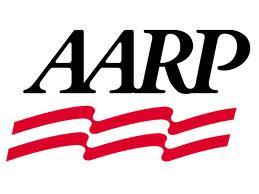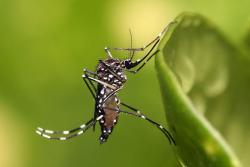 The AARP Public Policy Institute released a report called “The Aging of the Baby Boom and the Growing Care Gap: A Look at Future Declines in the Availability of Family Caregivers.”
The AARP Public Policy Institute released a report called “The Aging of the Baby Boom and the Growing Care Gap: A Look at Future Declines in the Availability of Family Caregivers.”
 The AARP Public Policy Institute released a report called “The Aging of the Baby Boom and the Growing Care Gap: A Look at Future Declines in the Availability of Family Caregivers.”
The AARP Public Policy Institute released a report called “The Aging of the Baby Boom and the Growing Care Gap: A Look at Future Declines in the Availability of Family Caregivers.”
We already know we have a country that is not like Asian cultures that have traditions of caring for family members as they age (though even that is changing). So adding to that fuel is the report’s conclusion.
The majority of long-term services and supports are provided by family members. But the supply of family caregivers is unlikely to keep pace with future demand.
- In 2010, the caregiver support ratio was more than 7 potential caregivers for every person in the high-risk years of 80-plus.
- By 2030, the ratio is projected to decline sharply to 4 to 1; and it is expected to further fall to less than 3 to 1 in 2050.
- 2050 – I will be in my 90’s hopefully. And my kids will be anywhere from 63 to 73 years old. So the care ain’t happening there! So with little unpaid options, what’s an elderly bloke to do?
Pay for care. We have written about the cost of that a lot here. Or hey better yet, do everything I can NOW to keep in the best health possible. Of course I use health in the broad sense – physical health, emotional health and financial health.
Even if we had enough family caregivers, we do not necessarily have a national culture that embraces our elders so maybe we need to do some work there as well.
The report notes that family caregivers are a key factor in the ability to remain in one’s home and in the community when disability strikes. And it says more than two- thirds (68 percent) of Americans believe that they will be able to rely on their families to meet their LTSS needs when they require help. My fellow boomers are in for a rude awakening.
That may not happen so another option here is start what have been called NORC’s – Naturally Occurring Retirement Communities, where an elder population congregates to live in residential areas and the services they need start to spring up around them. Plus they have each other to lean on as well.
Of course, if you have to pay for care there is little assistance. And if family caregivers go away, there is no way Medicaid can sustain this debacle.
The report notes that the most important predictor of having someone to count on when an individual needs help is being married, because spouses and adult children most often arrange, coordinate, and provide care and social support.
So my advice:
- Follow this blogs advice. Age in quality not in crisis and tend to your health – physical, financial, emotional.
- Foster a dialogue about caring for elders with children and grandchildren. I can already see that my wife and I will have FAR more grandchildren than we had children. Some of that is only natural. Where we have grandparents taking care of their children’s children in today’s society, well, we need to reverse that.
- Think of how you will age in place and in what place. As mentioned, naturally occurring communities offer support.
- Get married and stay married!







